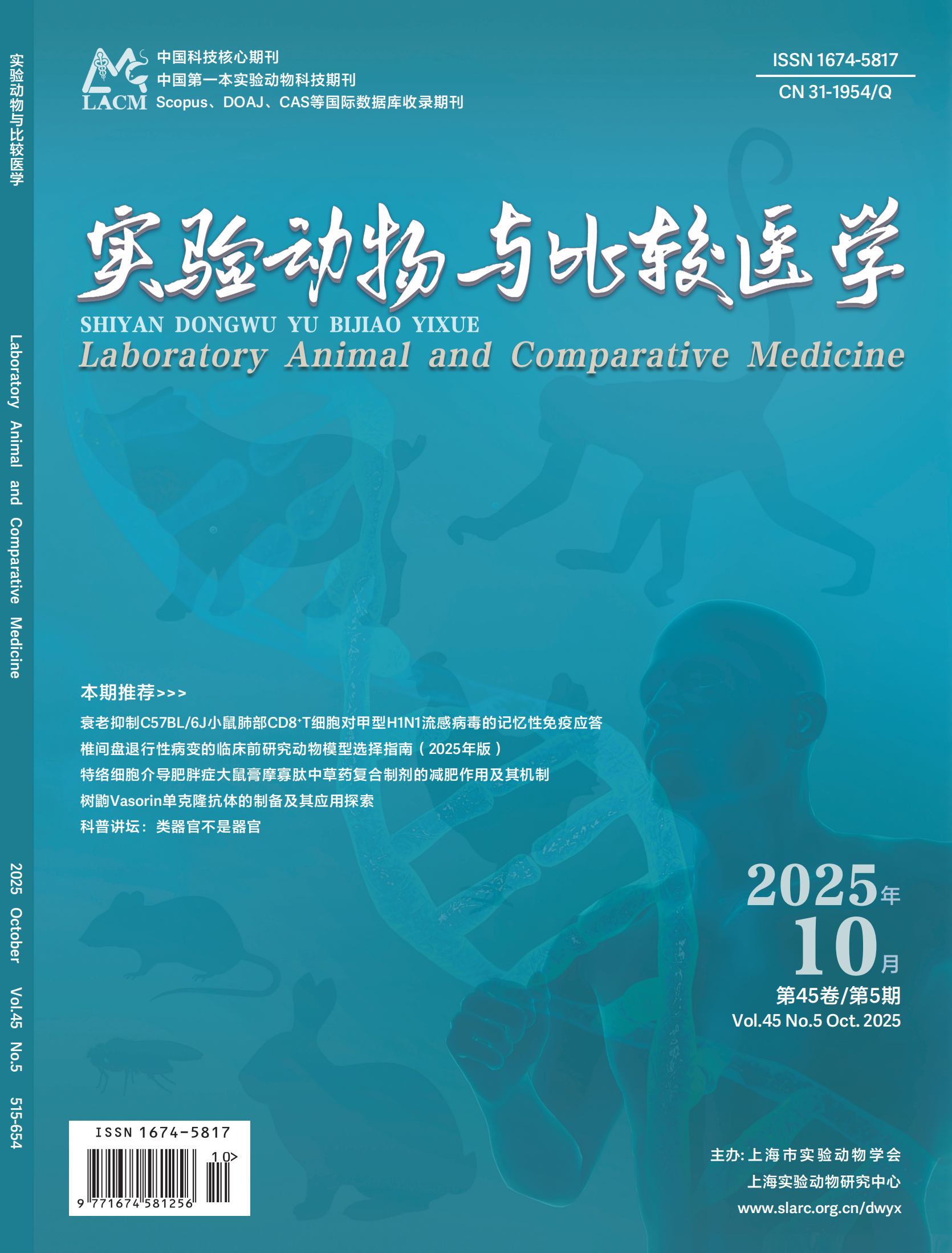-
Mouse Model for Fetal Growth Restriction in Pregnant Metaphase by Limited Feeding
- LIU Xue-xu, YANG Wen, DING Yun-ping
-
2015, 35(6):
453-457.
DOI: 10.3969/j.issn.1674-5817.2015.06.005
-
 Asbtract
(
495 )
Asbtract
(
495 )
 PDF (450KB)
(
437
)
PDF (450KB)
(
437
)
-
References |
Related Articles |
Metrics
Objectives To established the fetal growth restriction (FGR) mouse model in pregnant metaphase by limited feeding. Methods Ninety KM mice (60 females and 30 males, 3 months old) were divided randomly into 5 groups consisting of the control, model I, II, III and IV group. Mice in each group (12 female and 6 male) were placed in the mating cage with one male and 2 females. All the pregnant mice were fed ad libitum before day 10 of pregnancy. After that, model I, II, III and IV group were fed with 80%, 70%, 60% and 50% of daily ration respectively according to control group feeding ad libitum. Results The average weight increment in 15-day pregnancy mice was 26.03 g, 21.31 g, 19.09 g, 16.96 g and 13.19 g in control, model I, II, III and IV group, respectively. The weight increment in model group was significantly higher than that of control group (model II group P<0.05, III group and IV group P<0.01); The average litter weight was 21.12 g, 19.20 g, 18.95 g, 15.59 g and 12.99 g in control, model I, II, III and IV group, respectively. The litter weight in model group was significantly lower than that of control group (model III group P<0.05, IV group P<0.01); The incidence of FGR in model I, II, III, IV and control group was 42.97%、66.17%、66.38%、54.26% and 4.76%, respectively. The incidence in all model groups was significantly higher than that in control group (P<0.01). Except for the brain tissue in all model groups as well as the heart and liver tissue in model IV group, all the fetal organ weight in model group was significantly lower than that in control group (P<0.05). Conclusion It is feasible to establish the FGR model in pregnant metaphase by limited feeding. The best FGR model may be obtained by feeding the pregnant mice at 70% to 60% of daily ration of normal pregnant mice.

